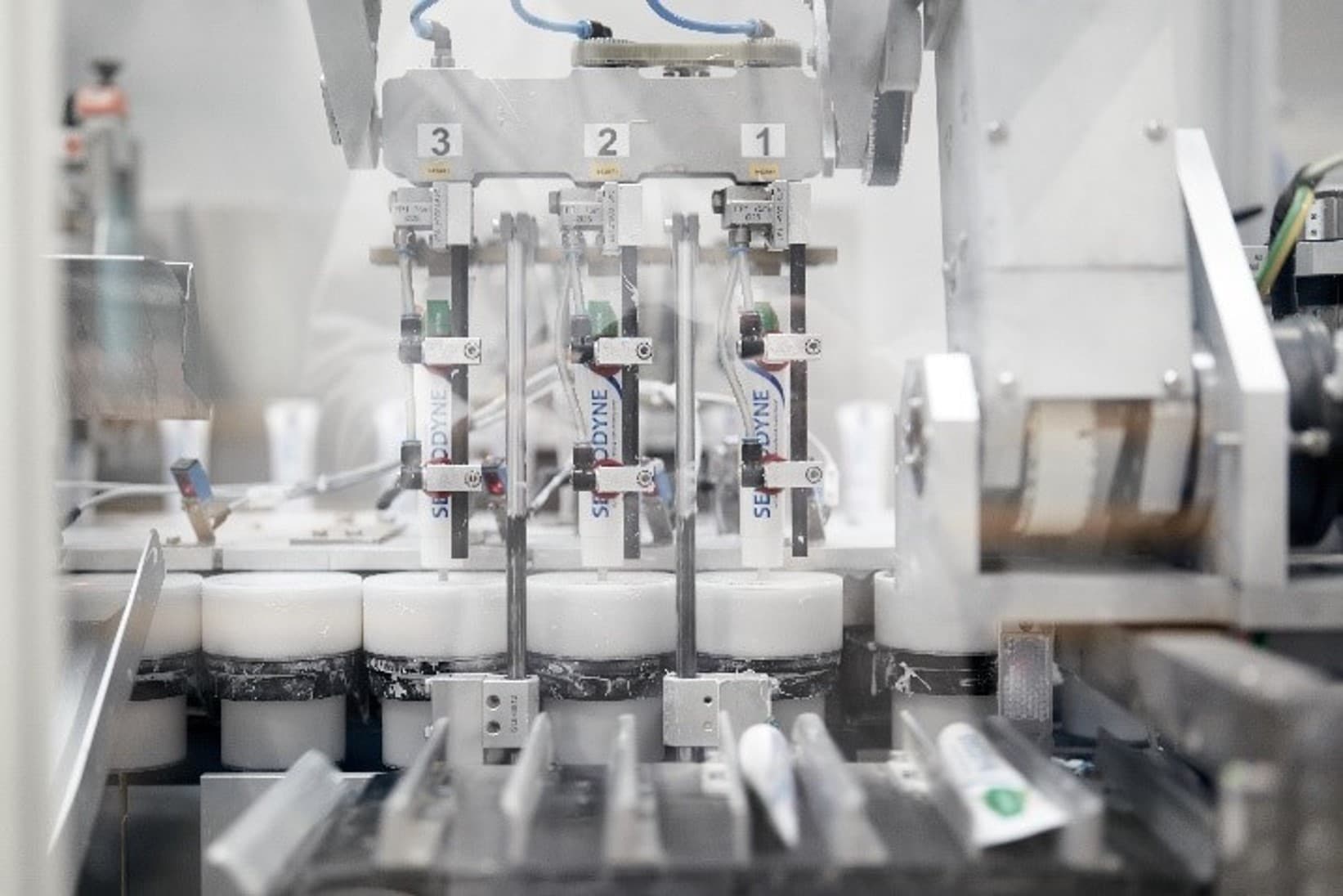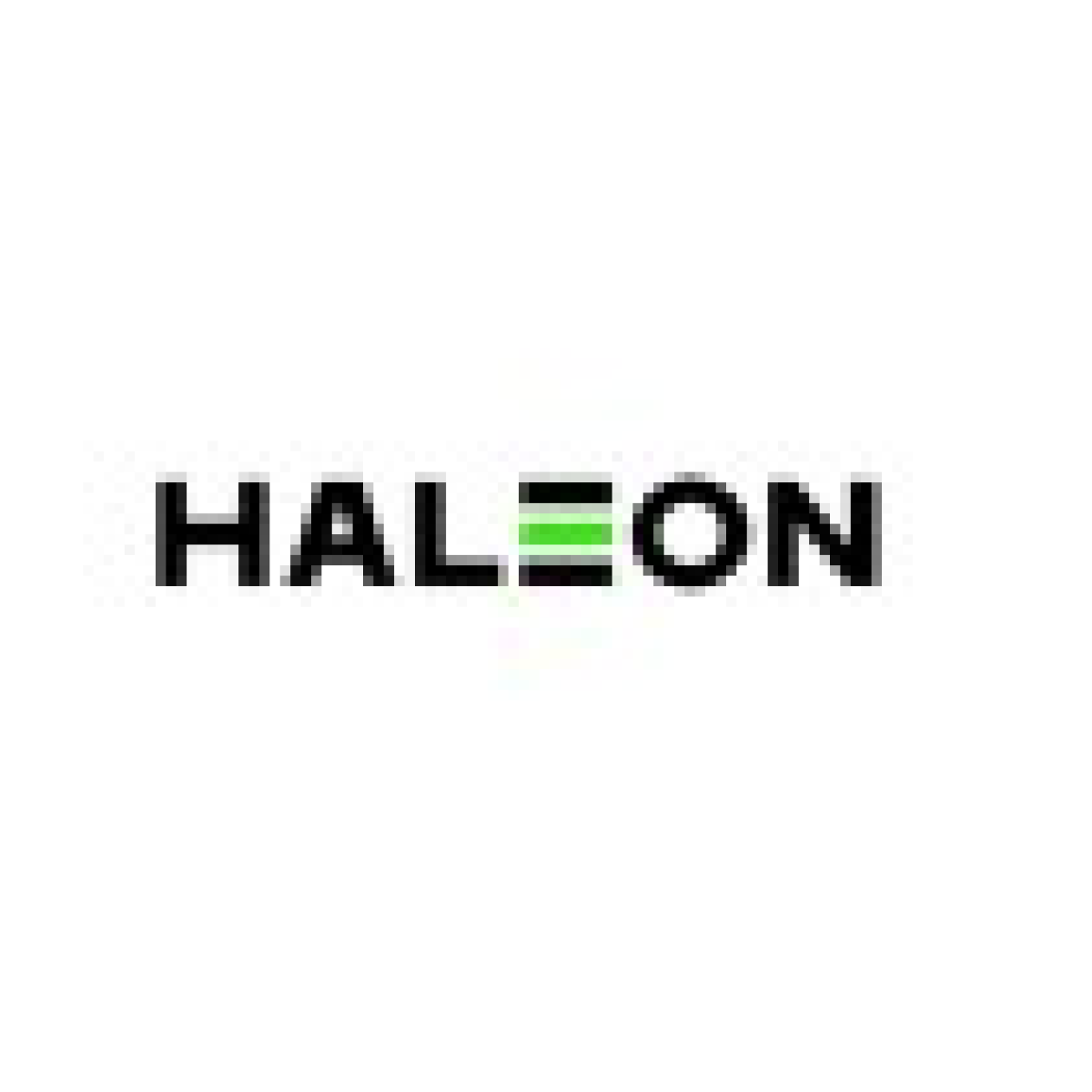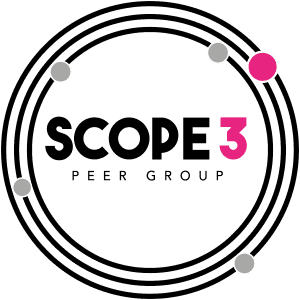
Integrate carbon pricing in supplier tenders
 Haleon
Haleon Scope 3 Peer Group
Scope 3 Peer GroupSummary
A program to incentivize decarbonization, baselining, drive low carbon supplier selection while educating procurement teams by building carbon pricing into procurement tenders.
Context
This case study was developed in partnership with the Scope 3 Peer Group, a cross-industry, global collective tasked with supply chain emissions reduction. Discover more about Scope 3 Peer Group here.
Haleon aims to reduce its Scope 3 carbon emissions from source to sale by 42% by 2030 vs a 2022 baseline. Its long-term aim is to achieve net zero carbon emissions from source to sale by 2040, aligned to guidance from The Climate Pledge and Race to Zero.
Haleon launched its Sustainable Supply Chain Program in January 2024 to encourage suppliers to decarbonize. By integrating carbon into tenders, Haleon hopes to drive change at pace.
Solution
Haleon is integrating the EU ETS carbon price with suppliers' carbon footprints in tenders, combining this with traditional price proposals. This strategy incentivizes suppliers to baseline and reduce their carbon emissions to improve their competitivity.
The carbon pricing mechanism involves requesting suppliers to provide the carbon footprint related to the scope of the tender which is then converted into a financial value using the EU ETS carbon price. Their total cost is then calculated using their traditional price proposal plus their “carbon price”. Suppliers are encouraged to follow standard methodologies, such as the PACT Pathfinder Framework for accurate carbon footprint assessments.
In the event a supplier is unable to provide data to the required standard, Haleon uses an industry average carbon footprint plus 50%. This further incentivizes suppliers to baseline their carbon emissions or create Product Carbon Footprints.

Impact
Sustainability Impact
Climate Impact
This initiative incentivizes suppliers to decarbonize their operations in support of Haleon's aim to reduce its Scope 3 emissions from source to sale by 42% by 2030 vs a 2022 baseline. Haleon estimates that approaching 50% of the decarbonization interventions that it needs to deliver can be “unlocked” by the EU ETS carbon price per ton of CO2e. This principally targets Scope 3, Category 1 emissions, but it can address many of the Scope 3 categories where footprints can be quantified and where the business is tendered.
Nature Impact
Encourages reduction in carbon emissions, benefiting ecosystems (including incentivizing Regenerative Agriculture) .
Social Impact
Climate change and everyday health are deeply intertwined and there are significant co-benefits for health in taking action to combat climate change. As a major consumer health company, acting on these linkages is critical to delivering on Haleon’s purpose: to deliver better everyday health with humanity. Carbon pricing promotes transparency, accountability, and action from its suppliers.
Business Impact
Benefits
The initiative enhances Haleon's competitive edge by aligning supplier selection with sustainability goals, potentially reducing long-term costs associated with carbon emissions.
By incentivizing suppliers to decarbonize, the company can improve its supply chain resilience and reduce exposure to carbon-related financial risks.
Through demonstrating low carbon manufacturing, the company has been able to get some of their products badged as Amazon “Climate Pledge Friendly”, which makes their products more attractive to consumers. This in turn increases sales for the company and its suppliers.
Costs
It is likely that there will be incremental costs associated with awarding business to suppliers that are proactively investing to create materials and services with a lower carbon footprint. This can be controlled and minimized given the competitive nature of the tendering environment and is only a small component of annual procurement spend. The potential of carbon taxes in future also is considered to make this small cost increase worthwhile.
The carbon price is set by the European Union Emissions Trading Scheme cost of credits, which may increase over time, incentivizing further decarbonization without causing excessive inflation.
Indicative abatement cost
At the current carbon price, this mechanism incentivizes decarbonization of nearly half of the abatement levers that the company needs to meet its 2030 goal. If the EU ETS price increases while approaching 2030, this impact is expected to grow. Since the change is expected to happen over time, the costs are likely to be distributed over an extended period.
Co-benefits
The initiative:
Fosters a culture of sustainability and innovation among suppliers
Facilitates learning throughout the procurement community and provides valuable insights into which suppliers are progressive with their decarbonization journey
Haleon has also partnered with Schneider Electric and Johnson Controls to assist their suppliers with renewable electricity and industrial heat decarbonization respectively. These partnerships help support suppliers to accelerate their decarbonization journeys directly improving their competitiveness in carbon pricing tenders.
Potential side-effects
Potential resistance from suppliers unfamiliar with carbon pricing, addressed through early communication and capacity building.
Implementation
Typical business profile
Relevant for companies with significant Scope 3 emissions, particularly in industries with high-emitting supply chains.
Approach
It is recommended to select the high emitting procurement categories, and the higher value tenders within these categories. Start with a pilot to build knowledge and confidence in the procurement team.
Early communication: announce intention to utilize carbon pricing to suppliers to incentivize action before implementation date. Facilitate dialogue and capacity building for suppliers to understand the system and identify decarbonization opportunities. Clearly explain that this is intended to incentivize suppliers to fund decarbonization to enhance their competitivity.
Transparency: clearly communicate the methodology for calculating carbon impact and applying the carbon price throughout the tender process
Phased integration: start with pilot projects on specific high emitting categories progressively expanding based on experience and feedback.
This approach creates a mix of incentives to decarbonize and penalties if a supplier has not baselined their carbon footprint, accelerating reporting, intelligence for precise decarbonization initiatives as well as step change carbon reduction with tender awards.
Stakeholders involved
Procurement category managers: drive the integration of carbon pricing in tenders and so require adequate training and support through the process
Budget owners: require to be incentivized to reduce carbon emissions and support the company commitments
Suppliers: provide accurate carbon footprint data and decarbonize operations
Key parameters to consider
Consider the maturity of suppliers' carbon footprint assessments and ensure executive buy-in.
Implementation and operations tips
Start with pilot projects to build knowledge and confidence. Communicate early with suppliers to incentivize action and ensure transparency in the carbon pricing methodology.